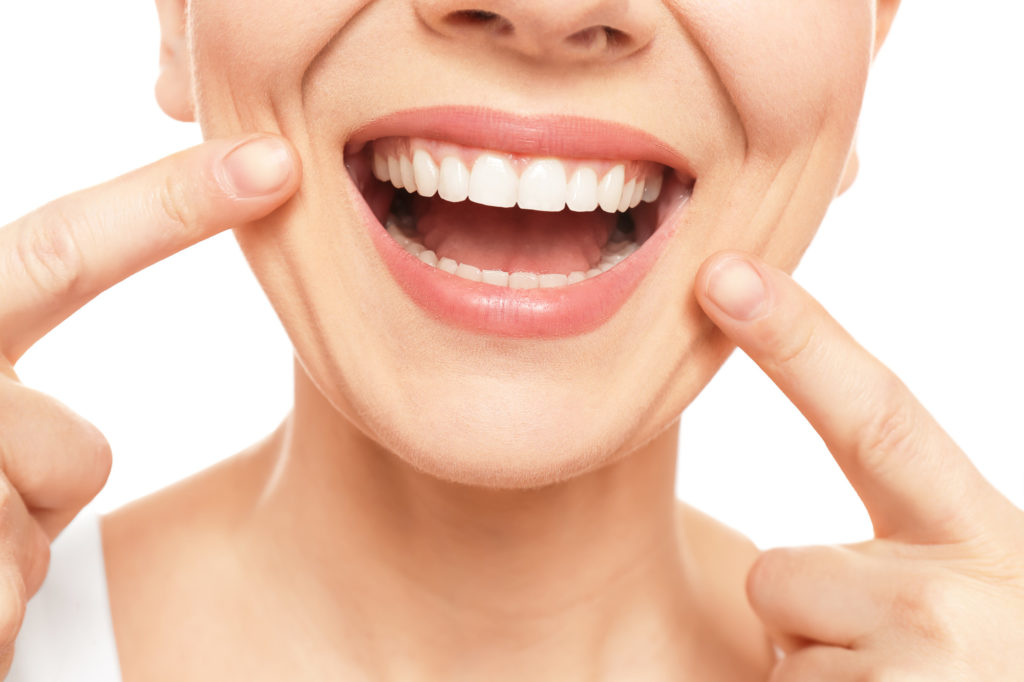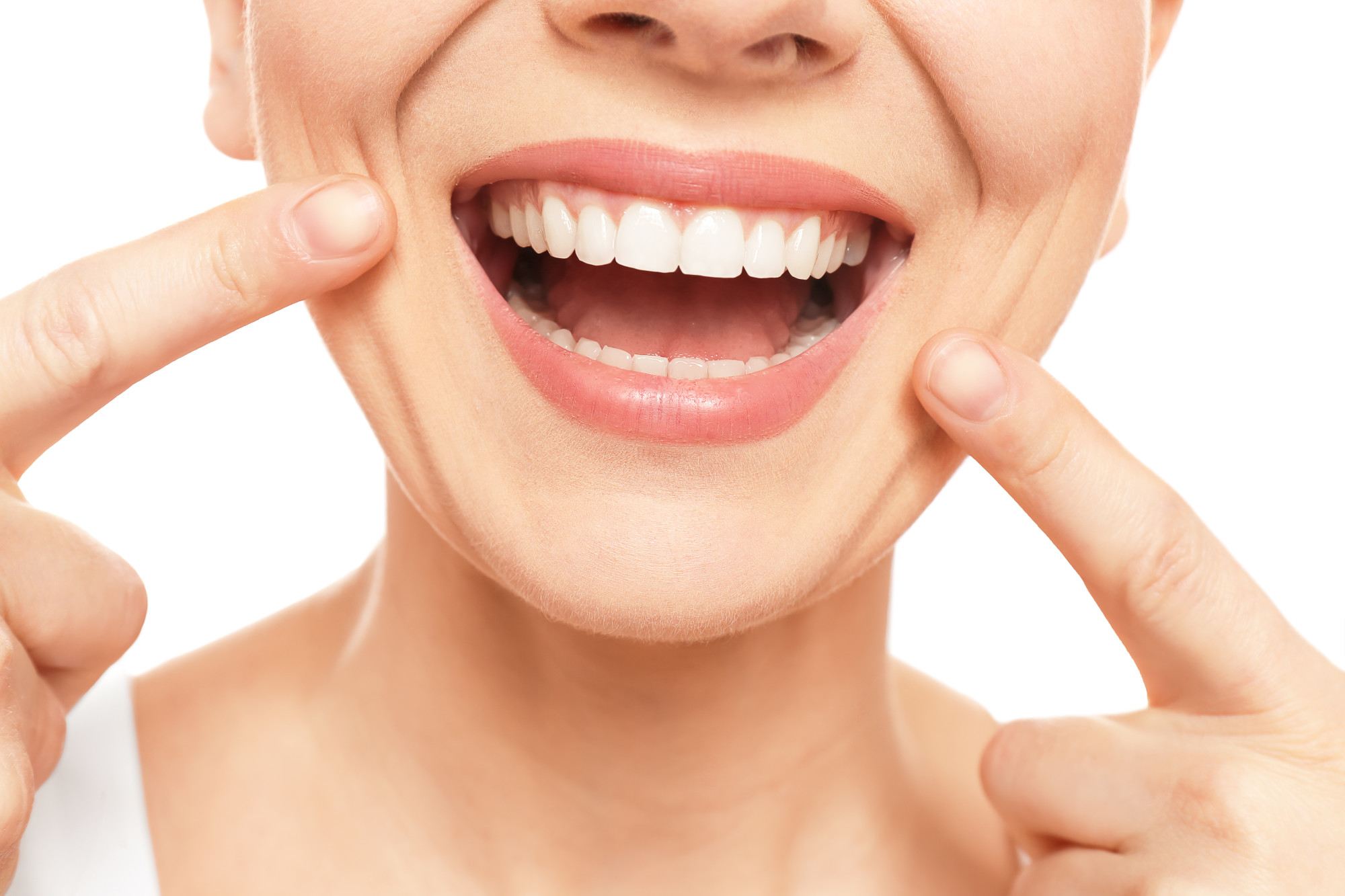
According to the American Dental Association (ADA), having straighter teeth can help not only improve your mouth health but also your body and mind.
Since the gums hold your teeth together, they are more susceptible to holding bacteria when your teeth are crooked—which can lead to health complications.
However, there are other issues associated with crooked teeth apart from increased bacteria.
They include low self-esteem and weaker tooth enamel, which could be avoided by simply straightening your teeth. We turned to Dr. Angelina Y.C. Loo for her advice.
Ways in Which Straight Teeth Make You Healthier
Not only are you able to show off your straight teeth with a confident smile, which may boost self esteem, the following are also other health benefits of having straight teeth:
- Straight teeth make them easier to clean.
It is difficult to floss and brush crowded teeth which can lead to a buildup of plaque and eventually tooth decay.
Tooth decay can also occur as a result of the inability to remove all the food that could be caught in the wires and brackets of metal braces. It is also easy to maintain straight and clean teeth.
- They can lead to healthy gums.
When teeth are either too crowded or widely spaced, gums tend to become easily red or inflamed, which not only looks bad but can be a symptom of periodontal disease.
Having straight teeth enables your gums to fit around your teeth more securely, which helps create a strong defense against periodontal disease. Periodontal disease can lead to loss of teeth if not treated.
- Having straighter teeth reduce the risk of tooth injury.
When your upper teeth are protruding and crowded, there is a higher chance of them being broken in case of an accident. Having straight teeth can reduce the chances of them being broken.
- It can also prevent abnormal tooth wear and tear.
When your bottom teeth are overcrowded, this can lead to jutting out of one or more teeth which then rubs against the upper teeth.
Over time, an inefficient chewing function happens to cause the tooth enamel to wear abnormally—which can then lead to even more chewing and biting problems.
Straightening your teeth can prevent these problems by reducing the stress that your teeth go through when biting.
- Straight teeth can actually decrease neck pains or headaches.
Crocked teeth put excessive stress on the bones that support your jaw as well as on the gums and joints, which lead to jaw misalignment.
This imbalance causes neck or head pain and can even be a cause of chronic headaches.
Having straight teeth enables you to bite your food properly allowing the joints to move properly hence reducing the stress.
- It can improve overall health.
Crooked teeth may lead to gum disease and tooth decay.
If left untreated, the bacteria can cause bleeding gums, mouth sores and even a potential loss of teeth. Studies from the ADA shows that bacteria in the teeth create infections in the mouth that can lead to serious illnesses such as stroke, heart disease, pneumonia, and diabetes.
- A straight set of teeth can lead to improved happiness and self-esteem.
Your mental health is very important when it comes to overall health.
Various studies have shown that a good-looking smile increases the number of times that you smile, which in turn leads to other health benefits such as improved cognition and low-stress levels.
People with crooked teeth often smile less since they feel embarrassed by how their teeth look—taking care of your teeth can help you feel more confident in your smile.
Conclusion
Having straight teeth is very important for your overall health. The benefits range from prevention of gum diseases to improved happiness and confidence.
There are several ways you can straighten your teeth, including the use of a retainer, porcelain veneers, braces, metal braces, Invisalign, ceramic braces, and lingual braces.
